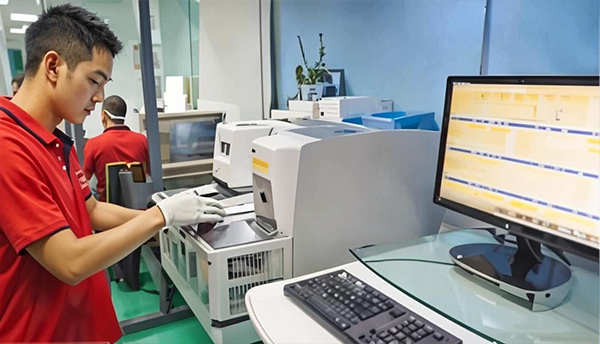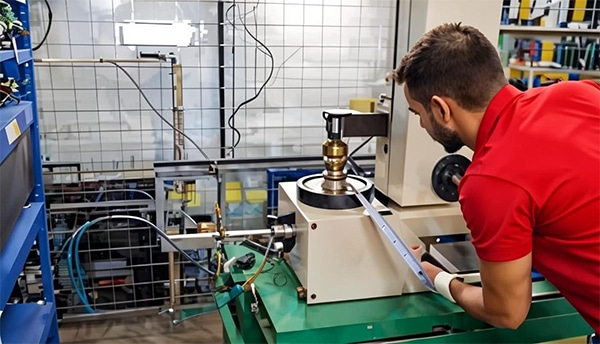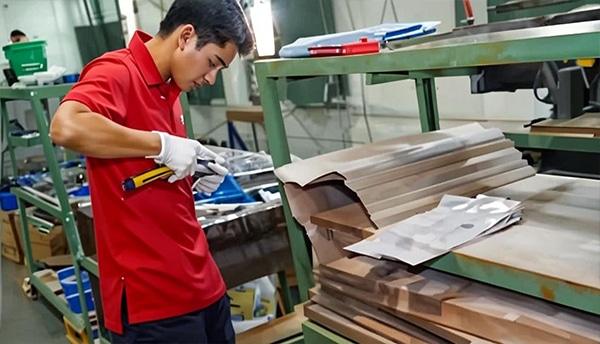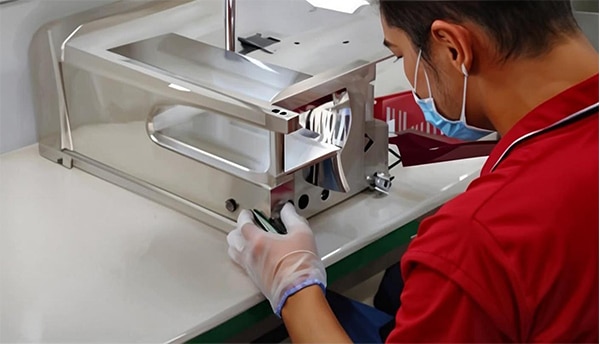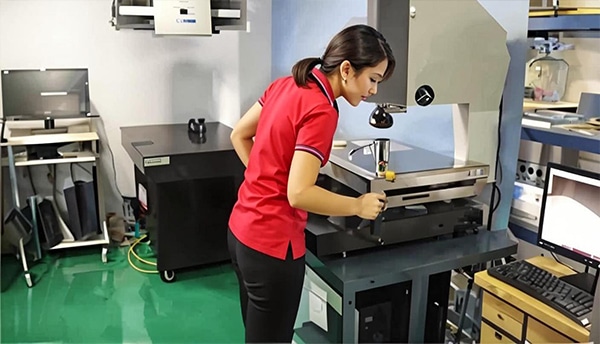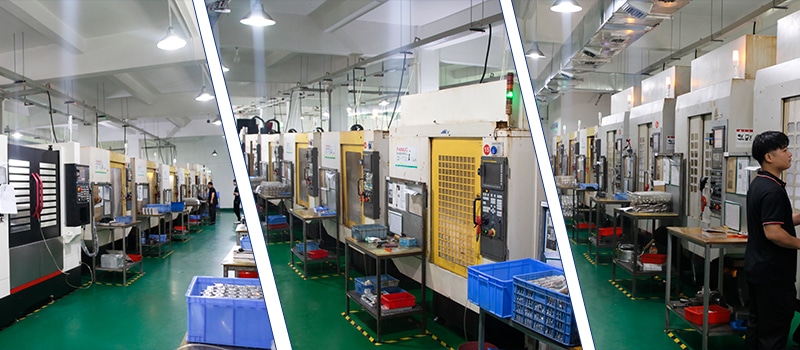Description
Introduction to Bluetooth Headsets and Customization
Bluetooth headsets have become increasingly popular due to their convenience and functionality in today’s fast-paced digital world. As wireless technology continues to advance, consumers are finding themselves drawn to these audio devices for both personal enjoyment and professional use. The compact design and the portability of Bluetooth headsets facilitate hands-free communication, making them ideal for busy lifestyles. Furthermore, their compatibility with various devices, such as smartphones, tablets, and laptops, adds to their appeal.
As the demand for Bluetooth headsets grows, so does the competitive audio market, prompting consumers to seek products that align with their specific needs and preferences. The importance of customization has emerged as a significant factor influencing purchasing decisions. Tailored products not only enhance user experience but also cater to individual style and aesthetic preferences. This personalization trend reflects a broader shift in consumer behavior, where individuals prioritize unique features that distinguish their products from mass-produced alternatives.
Customization in Bluetooth headsets can encompass a range of factors, including audio performance, design, and ergonomics. This focus on individual user specifications enables manufacturers to adapt their products accordingly, leading to heightened consumer satisfaction and brand loyalty. A crucial aspect of this customization process lies in the use of advanced manufacturing techniques, such as aluminum shell CNC machining. This innovative approach allows for more precise designs and superior durability, positioning customized headsets as a practical option for discerning users.
In conclusion, the rising popularity of Bluetooth headsets highlights a consumer demand for personalization, making customization a vital element in the audio industry. By exploring advanced manufacturing techniques, such as aluminum shell CNC machining, companies can effectively cater to users’ tastes and preferences while ensuring high-quality performance. This sets the stage for future developments in the realm of Bluetooth headsets, driving innovation and consumer satisfaction.
What is CNC Machining and How Does it Apply to Headsets?
CNC machining, or computer numerical control machining, refers to a manufacturing process wherein pre-programmed computer software controls the movement of factory tools and machinery. This precise control allows for the intricate shaping and fabrication of materials, including metals, plastics, and wood. The applications of CNC machining are vast, and one notable use is in producing aluminum shells for Bluetooth headsets. This modern method has gained popularity owing to its numerous advantages over traditional machining techniques.
The CNC machining process begins with a digital design, often created using CAD (Computer-Aided Design) software. This design is then translated into code that instructs the CNC machine on how to execute various tasks, such as cutting, milling, or drilling. The high accuracy of CNC machines ensures that each component of a headset can be manufactured with exacting standards. In contrast, traditional machining methods tend to rely heavily on manual operation, which can introduce inconsistencies and variabilities in the finished products.
One of the significant benefits of utilizing CNC machining for creating aluminum shells is the remarkable precision it offers. This level of accuracy is critical in the realm of Bluetooth headsets, where a seamless fit is essential for user comfort and optimal performance. Additionally, CNC machining promotes efficiency by allowing for rapid prototyping and mass production. The repeatability achieved through CNC technology means that every headset can be manufactured to the same specifications as the last, minimizing waste and associated costs.
Furthermore, CNC machining can facilitate complex geometries and intricate designs that are often needed in headphones without compromising structural integrity. Such design capabilities not only enhance aesthetic appeal but also contribute to the overall functionality of the headset. In summary, CNC machining stands out as a superior method for producing components like aluminum shells for Bluetooth headsets, combining precision, efficiency, and design flexibility.
Advantages of Using Aluminum for Bluetooth Headset Shells
Aluminum has emerged as a preferred choice for Bluetooth headset shells due to its remarkable properties that cater to both functionality and aesthetics. One of the primary benefits of aluminum is its lightweight nature. This characteristic ensures that Bluetooth headsets remain comfortable during extended wear, a vital factor for users who rely on them throughout the day. The reduced weight can significantly improve user experience, making them an ideal option for portability.
In addition to being lightweight, aluminum is renowned for its durability. It possesses a high strength-to-weight ratio, meaning it can withstand the rigors of daily use without compromising its structural integrity. This inherent strength results in headsets that are less prone to mechanical failure, thus enhancing the overall longevity of the product. Users appreciate headsets that maintain their functionality over time, and aluminum facilitates this requirement effectively.
Heat dissipation is another advantageous property of aluminum. Unlike some plastic alternatives, aluminum can effectively disperse heat generated during use, preventing discomfort for the user and ensuring optimal performance of internal components. This thermal management capability is particularly important in high-performance Bluetooth headsets, where electronic components can generate significant heat during operation.
Furthermore, aluminum headsets often exhibit a superior aesthetic appeal. The material can be anodized or polished, offering various finishes that not only enhance visual attractiveness but also provide additional protection. This versatility in design contributes to a product’s marketability, aligning well with consumer demands for stylish yet functional accessories.
Corrosion resistance is another significant advantage of aluminum. This characteristic allows Bluetooth headset shells to maintain their appearance and functionality even in adverse environments. By resisting corrosion, aluminum contributes to a longer lifespan for the headset, reinforcing why it is an ideal material for high-performance audio devices.
The Customization Process: From Design to Production
The customization of Bluetooth headsets through aluminum shell CNC machining involves a comprehensive process that begins with careful design considerations. Initially, designers collaborate with clients to gather requirements, preferences, and specifications that guide the conceptualization of the headset. This phase is crucial, as it lays the foundation for the final product. Designers utilize computer-aided design (CAD) software to create detailed sketches and 3D models, allowing for a visual representation of the headset’s ergonomic design and features.
After establishing the design, the selection of materials comes into play. Aluminum is often favored due to its lightweight, strength, and aesthetic appeal. It provides an optimal combination of durability and performance, making it a preferred choice for Bluetooth headset customization. In this phase, manufacturers may present different types of aluminum grades that could be utilized, ensuring the selected material aligns with the intended use and durability requirements of the headset.
Once the design and material are finalized, the use of computer-aided manufacturing (CAM) systems is implemented. CAM software translates the designs created in CAD into instructions for CNC machines, which are responsible for sculpting the aluminum into its desired form. This transition from digital design to physical product is a critical step, wherein precision is paramount to achieving the specified quality and performance criteria.
Prototyping follows, allowing for the construction of a preliminary version of the headset. This stage enables both designers and manufacturers to assess the functionality and aesthetic aspects of the design. Feedback obtained from the prototype is then utilized to make necessary adjustments before proceeding to mass production. Throughout this entire customization process, quality control remains integral, ensuring that each headset meets established standards and client expectations, reinforcing the importance of collaboration between all parties involved.
Future Trends in Headset Customization and Machining Technologies
The Bluetooth headset market has witnessed rapid advancements in technology and user preferences, particularly regarding customization and design. A significant trend emerging in this sphere is the amalgamation of CNC machining techniques with 3D printing technologies, which enables manufacturers to create highly personalized audio products. These innovations pave the way for intricate designs that were previously infeasible, allowing brands to cater to individual consumer preferences more effectively.
Modern consumers increasingly seek personalized experiences, extending beyond mere functionality to aesthetics and ergonomic design. The use of aluminum shell CNC machining offers an opportunity to produce lighter, more durable, and visually appealing headsets. As manufacturers harness these technologies, we can expect tailored products that reflect the diverse tastes and requirements of users. This trend points toward a future where customization will not only be a luxury but a standard offering in the audio accessories market.
Additionally, advancements in CNC machining equipment are becoming more accessible, allowing smaller manufacturers to compete with established brands. These smaller entities can utilize cutting-edge machining techniques, significantly impacting consumer choice and market dynamics. The flexibility of designs, enabled by these technologies, allows for unique features, such as adjustable fit or integrated functionalities that enhance user experience.
Furthermore, sustainability is becoming a central point in consumer decision-making. Manufacturers are now exploring eco-friendly materials and sustainable production techniques in conjunction with CNC machining processes. This commitment to sustainability could significantly shape the future of headset customization, as brands that prioritize environmental considerations are likely to gain favor among conscious consumers.
In conclusion, the evolution of headset customization, driven by advancements in CNC machining and consumer preferences, is set to redefine the landscape of personal audio products. As technological integration continues, consumers can anticipate a plethora of options that prioritize both personalization and sustainability, providing a glimpse into the future of Bluetooth headset design.





